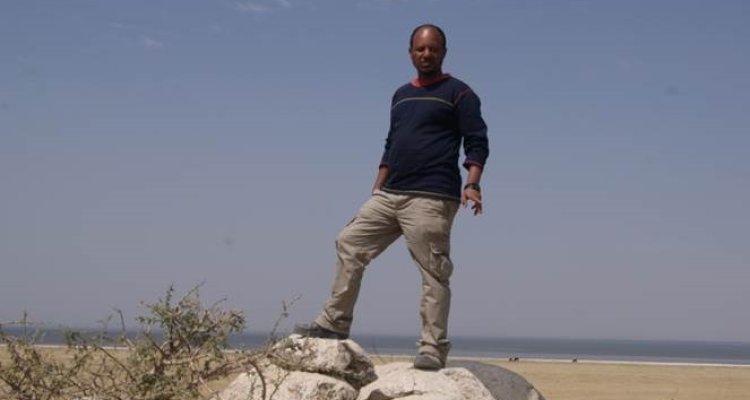
News
PhD defence of Mezegebu Debas, 31 August, 13.30
Crop intensification options and trade-offs with the water balance in Ethiopia
Between 2008 and 2016, Mezegebu Debas carried out his PhD research in the Central Rift Valley of Ethiopia. There, he studied the impact of climate change and land use change on water balances in this region, and explored promising options for agricultural intensification and their trade-offs with the water balance. Water balances in lakes and in the soil are strongly influenced by land use changes, his research indicates. Whereas in 1990 only 58% of the land surface was under agriculture, this has increased to 70% in 2007, resulting in an increase in net runoff (i.e. water running down from slopes) of 260 million cubic metres per year between (1990-2007). This may trigger soil erosion and also points at reduced groundwater replenishment. At the same time, irrigation water use increased more than tenfold from 20 million cubic metres per year in 2002, to 285 million cubic metres per year in 2009. Climate change has caused water losses through evaporation and crop transpiration to increase by 207 million cubic metres per year. Most of the remaining uncultivated land in the Central Rift Valley consists of waterbodies, buildings and hills, so there is not much space for further expansion of farmland to increase production. However, given the large yield gaps that still exist (7.3 tonne per hectare for maize and 3.7 tonne per hectare for wheat), there is substantial scope for improving food security by sustainable agricultural intensification. Using computer simulation models, promising options for agricultural intensification were selected, and trade-offs with the water balance under current and future climate scenarios were quantified. Then, the large-scale implementation of the promising intensification options was assessed and results were used to design future land use scenarios. These simulations showed that it is possible to fulfil the demand for food from the increasing population and dietary change by 2050 (about triple the current production) in the Central Rift Valley, while maximising the water use efficiency and the gross margins for farmers. At the same time, 23% of the less productive current agricultural land can be saved for other ecosystems and services based on this scenario.
More information on the event and the committee can be found here.